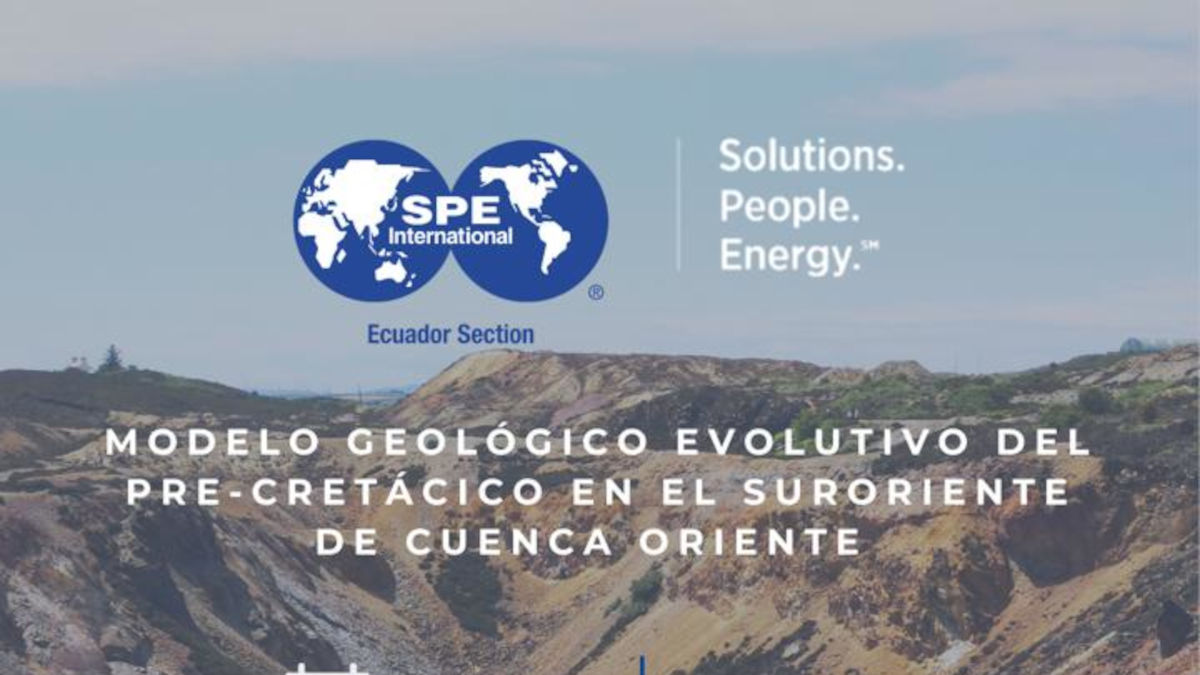Registro
Más información

Rod Batycky is a cofounder of Streamsim Technologies, Inc. and an expert in reservoir flow simulation. He is involved in the development of new simulation technologies and he has also consulted on reservoir modeling of water, polymer, CO2 and WAG floods world-wide. Prior to Streamsim, he was a reservoir engineer at Shell Canada. He has also authored several publications in SPE, was awarded SPE’s Cedrick K. Ferguson Medal, the SPE Canada Region Reservoir Description and Dynamics Award, is a life-time member of SPE, a past associate editor for SPEJCPT, and a current associate editor for SPEREE. He holds a BSc from the U. of Calgary, and MSc and PhD degrees in petroleum engineering from Stanford University.

For oil reservoirs in Ecuador with weak aquifers and/or peripheral water injection, produced water management becomes important as water cuts inevitably rise. Identifying reservoir opportunities and forecasting water management scenarios prior to implementation typically relies on reservoir flow simulation, yet most operators do not have time to build or calibrate such models. Instead, streamline-based surveillance modelling, which has matured greatly over the past few years, offers a practical solution.
Streamline surveillance models are easier to build than simulation models as they are driven directly by the history, include geology, and they then provide unique well-pair metrics for low-cost improvements. For example, while it is easy to identify high water cut/water rate producers, it is often difficult to identify which offset injectors are responsible for high water production. Since streamlines naturally define well-pairs, engineers can identify the correct offset injectors and then promote sweep vs. fluid cycling by adjusting rates at the correct wells, as we will show for example floods. With more recent technology enhancements, streamline based surveillance models are used to determine remaining oil in place distributions by applying material balance to dynamic well-pairs. Finally, by correlating history to grid properties, streamline-based surveillance models are used for rapid forecasting of low-cost management scenarios such as new rate targets, well shut-ins, well reactivations, and/or producer-injector conversions, prior to implementation.




